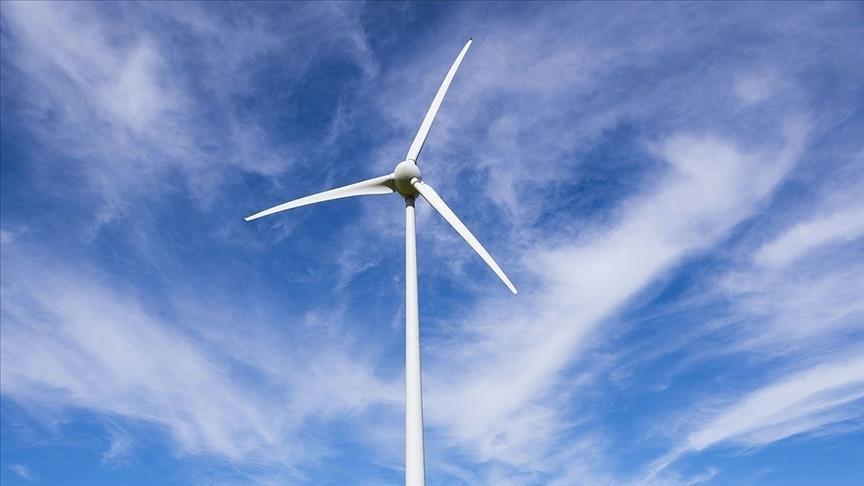The Middle East and North Africa (MENA) region needs to add approximately 500 gigawatts (GW) of renewable energy capacity to supplant generation from oil and gas plants, despite MENA’s Arabic-speaking nations doubling renewables growth since May 2022, a report by Global Energy Monitor revealed on Monday.
The region’s renewable energy installed capacity increased by 57% to 19 GW, adding 6.9 GW of large utility-scale solar and wind power since last year, the report showed.
Furthermore, the 9 GW of renewable energy projects currently under construction and scheduled for completion by the end of 2024 are positioned to ensure continuous growth.
Over the last year, the majority of states in the MENA region have significantly increased their plans for wind and solar power. Eight countries in the region now have at least three times more prospective capacity in terms of projects that are either announced, in pre-construction, or under construction compared to their capacity 12 months ago.
Currently, 343 GW of operating oil and gas power plants operate in this region, which is equivalent to 23% of the world’s capacity. These power plants provide over 90% of the region’s electricity but also emit 610 million tons of carbon dioxide annually.
The report finds that the region needs approximately 500 GW of solar and wind capacity to replace the electricity generation from these oil and gas power plants.
‘While a step forward for the heartland of fossil fuels, the renewables capacity added in the last year is relatively unambitious compared to MENA’s peers and dwarfed by the outsized role of oil and gas in the region,’ the report said.
For instance, South America, a region with similar population size and gross domestic product to MENA, has brought online at least four times as much capacity at 32 GW over the same period. Brazil alone contributed over 14 GW of large utility-scale solar and wind.
Global Monitor maintains that the region can reach a fully decarbonized electricity sector by 2050 by adding 19 GW of renewables per year.
‘Last year’s wind and solar additions are a step in the right direction for the region but still light years from dethroning oil and gas,’ Kasandra O’Malia, project manager for the Global Solar Power Tracker at Global Energy Monitor, said in the report.
‘The trouble is that the region’s path to a green economy relies overwhelmingly on hydrogen exports, which is an unproven technology that is not being designed to address energy access nor decarbonization at home,’ O’Malia added.
According to the report, MENA’s capacity increased by 292 GW in the last year, with 60% of this prospective capacity earmarked for green hydrogen production or direct export.

